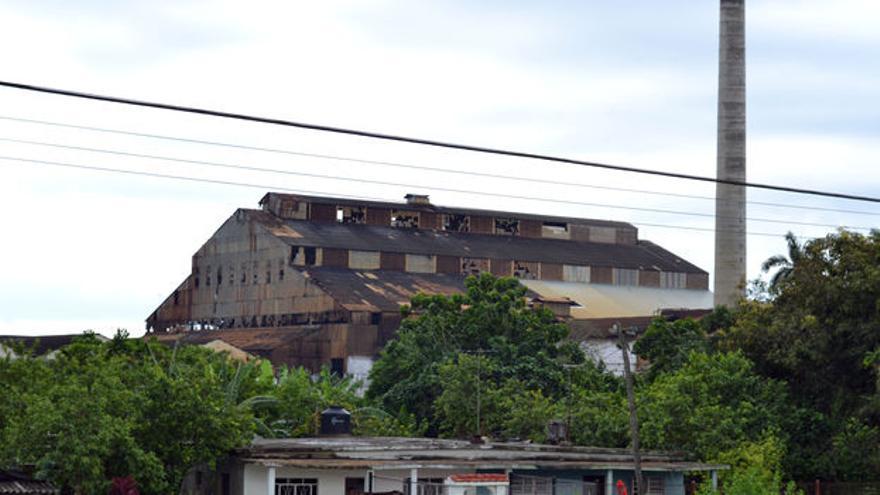
14ymedio, Havana, 10 June 2019 — The official press has again hidden the data of the just concluded sugar harvest. Instead of absolute numbers, a spokesperson for the Azcuba business group said that the sugar harvest was 13% of the proposed plan.
This was reported to Prensa Latina by the spokesman of the sugar group, Liobel Pérez, who pointed out that the export commitments of this season were fulfilled and that this year’s harvest was 31% above the production of last year when it was just under one million tons. This percentage allows us to place this year’s production at 1.3 million tons, one of the lowest since the beginning of the last century.
At a government meeting in December, Economy Minister Alejandro Gil Fernandez said the country would produce 1.5 million tons of sugar, of which 920,000 tons would be exported.
Cuba has an agreement with China to buy 400,000 tons a year and expected to sell more than 500,000 tons in the open market.
The Azcuba official detailed some figures of the 13 provinces involved in the plan but none of the local companies managed to fulfill their commitments. At the beginning of November 2018, the harvest started with the participation of 54 industries out of the 56 still existing in the country.
The official blamed these results on “the late arrival of spare parts for mills, harvesters and trucks” and “the poor condition of the roads, the lack of workers and the quality of the cane.”
The harvest started in November and ended in May, although some mills are still grinding this month.
For decades the national sugar industry was the flagship of the national economy but for years it has not been able to match the results of earlier times. In 1991, the harvest reached 8 million tons, just before the collapse of the Soviet Union sank the Cuban economy and in particular damaged this sector.
However, at the beginning of this century and under the mandate of Fidel Castro, a process of dismantling dozens of plants began, given that the fall in product prices in the international market made the industry unsustainable. In 2011 the Sugar Ministry was eliminated and its functions were assumed by Azcuba.
Currently more than 60% of the plants that were closed in those years are still not producing or have been completely dismantled, their workers relocated to other positions and most of the cane fields destined to other crops.
Cuba has a high consumption of sugar and needs between 600,000 and 700,000 tons per year to satisfy the demand of the rationed market, local industries and the self-employment sector.
In September of last year, this newspaper revealed that the sugar that was distributed that month for the basic basket of the rationed market did not come from the Cuban fields but from faraway France. The bad performance of the last harvest forced the Government of the Island to import the product.
______________
The 14ymedio team is committed to serious journalism that reflects the reality of deep Cuba. Thank you for joining us on this long road. We invite you to continue supporting us, but this time by becoming a member of 14ymedio. Together we can continue to transform journalism in Cuba.
